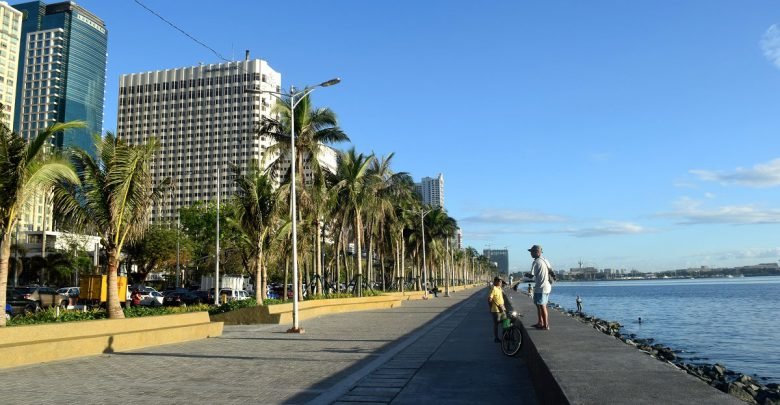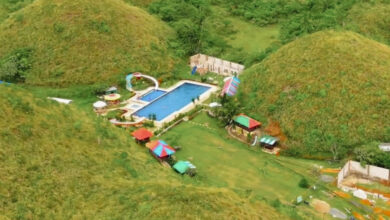
DENR: Rehabilitation of Manila Bay Top Priority
Manila Bay needs saving, and it’s now or never.
The Department of Environment and Natural Resources (DENR) has been put in charge of the crackdown on hotels that pollute the Manila Bay. But aside from these commercial establishments, Attached Agencies Sherwin Rigor said that about 300,000 families of informal settlers also need to be moved.
Along with other projects like the rehabilitation of El Nido and Coron in Palawan, Alona Beach in Panglao Island, Baguio City, and Siargao Island in Surigao del Norte, the DENR wants to prioritize the saving of Manila Bay.
“We will be checking all hotels and industries along Manila Bay, as well as inspect all malls if they are compliant in their operations of their sewerage treatment plants [STP],” said Rigor.
The standard and safe level for water quality is 1,000 MPN/100 ml, which is basically swimming pool quality. Manila Bay, the DENR recorded, has fecal coliform level at 330 million most probable number (MPN) per 100 milliliters (ml.)
According to Tourism Congress of the Philippines President Jose C. Clemente III, DENR’s plan is a “Herculean task” but they can expect support from the private sector in whatever ways it can.
As part of the rehabilitation plan, the DENR plans to install STPs along the mouths of Manila Bay as a quick-fix solution. The project will cost about P2 billion to P3 billion.
Manila Bay Polluters
Apart from industrial firms, establishments that discharge waste into the estero that drains into Manila Yacht Club’s outfall are the largest polluters of Manila Bay.
“We have an outfall at the Manila Yacht Club, which has the highest pollution at 1.3 billion MPN/100 ml. Those that use that estero are Ospital ng Maynila, hotels, the Manila Zoo, Bangko Sentral ng Pilipinas, De La Salle University, among others. We will be checking along that outfall and that sewer line to trace which establishments are the most polluters,” Rigor said.
Rigor also mentioned that President Duterte wants Manila Bay to be rehabilitated within his term. However, the DENR said that this may take up to seven years – enough time for the necessary environment infrastructure to be put in place and for informal settlers to be completely relocated.
“We’ll be checking on the shelter plan of all LGUs [local government units]. The President has made it very clear; he wants to have a solution within his term. But the substantial improvements may take three to five years, or up to seven years, depending on the speed of the relocation of the informal settlers, and the shelters that will be built.”




